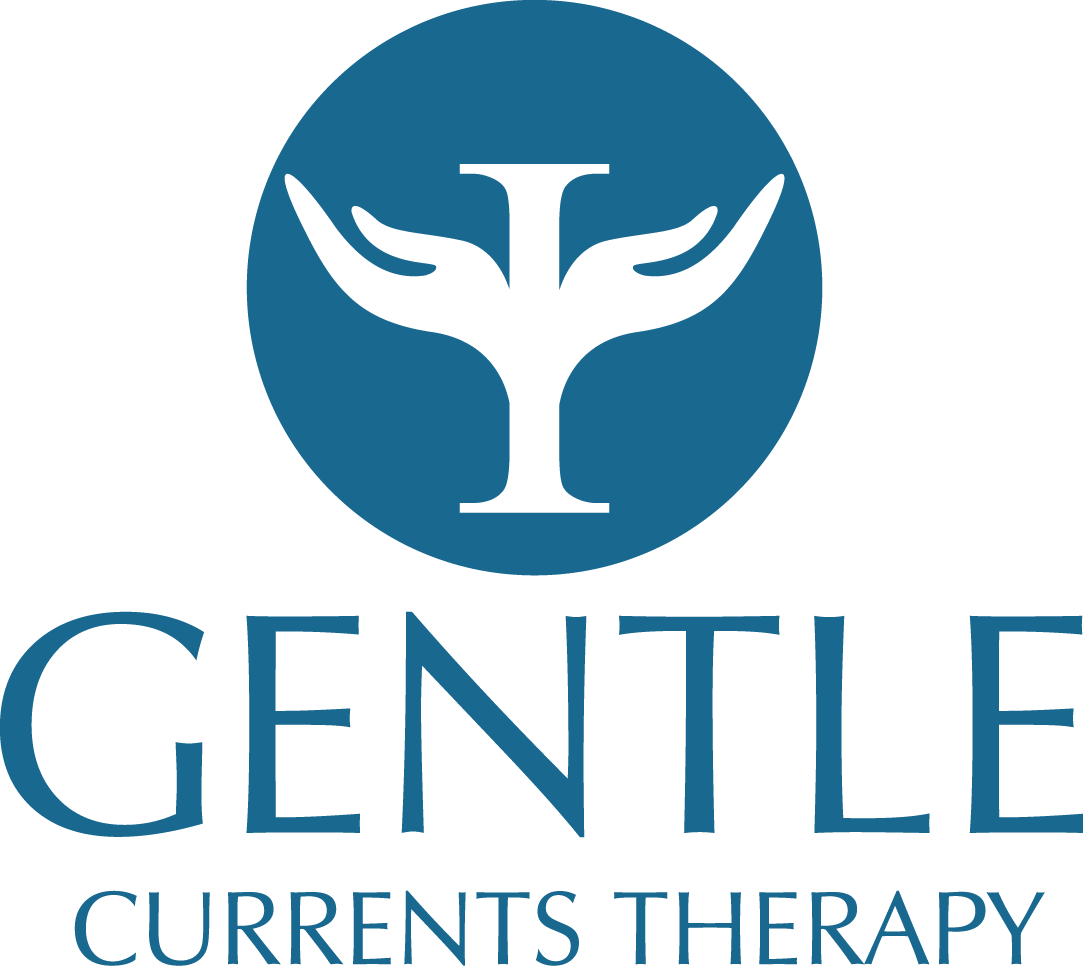Copyright 2024 Physio WordPress Theme by QreativeThemes
- Services
- Social Links
- Youtube
- Google My Business
- Psychology Today
- BC Association of Clinical Counsellors
- Academia
- WordPress
- Cision
- Blogspot
- Yelp
- UBC Final PhD Defence
- About Me
- Tumblr
- Tableu
- Issuu
- Google Scholar
- Quora
- Behance
- Newswire
- Three Best Rated
- Alignable
- My Space
- Good Reads
- Medium
- Sound Cloud
- Vimeo
- Foursquare
- Godaddy
- Flickr
- Slideshare
- Contact Us
Visit our Location
Gentle Currents Counselling and Neurofeedback Belmont Centre #10920103 40th Avenue Langley BC, V3A 2W3 Canada
Prolonged Exposure Therapy or Exposure Therapy, is frequently used with anxiety disorders
and PTSD (one of the anxiety disorders).
Dr. Mike Dadson states:
Exposure therapy involves titration. That means that you titrate a person towards the exposure of the emotionally activation event, and then through titration, you get closer and closer to the event in order to Desensitize the person to the event and then lower the intensity of the phobia or the fear. The person will desensitize to the reaction or the emotional reaction, because the trigger point is slowly over time eliminated.
To explain in simple terms, if a person has a phobia of spiders, exposure therapy and titration means you would first bring a spider to a place that can be emotionally tolerated. Perhaps it is first into the room in a jar. It starts on the other side of the room. When the person has adjusted to that perhaps the jar with the spider is brought closer. Keeping the emotion at a place that can be tolerated. So that eventually the person can stand the presence of the spider. From there, the spider might get released from the jar, and maybe even crawl on the person so that eventually they actually lose their phobia, they just lose their fear of the spider completely.
Dr. Mike Dadson cautions:
Unfortunately, when Prolonged Exposure Therapy is used all on its own, long term benefits can diminish. On its own exposure therapy can be beneficial but often with only short-term results. in the long term, the phobia can return or the anxiety is placed on a different object.
In trauma therapy, it’s a standard practice to use some form of exposure therapy combined with other approaches. I like to say that exposure therapy on its own, can activate the event, just like any trigger, but it doesn’t necessarily resolve it. A person can desensitize to the trigger event for a while. Unfortunately, sometimes the event is so overwhelming that the person cannot continue the therapy and develops avoidance of attending therapy.
It’s great to use exposure therapy, and titrating exposure, so that the emotion can be activated in a controlled environment that contains the emotional intensity. It provides the opportunity to then work with the emotion and actually find a resolution to the reaction.
EFT research has shown that emotions are a person’s action orientations, they take us somewhere, and they have an impulse for us to do something or to say something or to realize something, they’re there for a reason but just getting the emotion activated doesn’t necessarily mean that we’re going to get at the cause or the resolution.
Dr. Mike Dadson summarizes:
Exposure Therapy is wonderful for activating emotion. In the moment, this can help us identify the purpose or the meaning behind the emotion. This can lead to insight that helps uncover how the emotion can resolve, then it becomes a much more effective as a strategy.
I like to use exposure therapy in combination with a variety of other approaches. It is a well-known and well researched form of treatment for a variety of different disorders, particularly the anxiety disorders, phobias and PTSD. Exposure therapy in combination with other approaches can be a very effective part of healing and growth.
